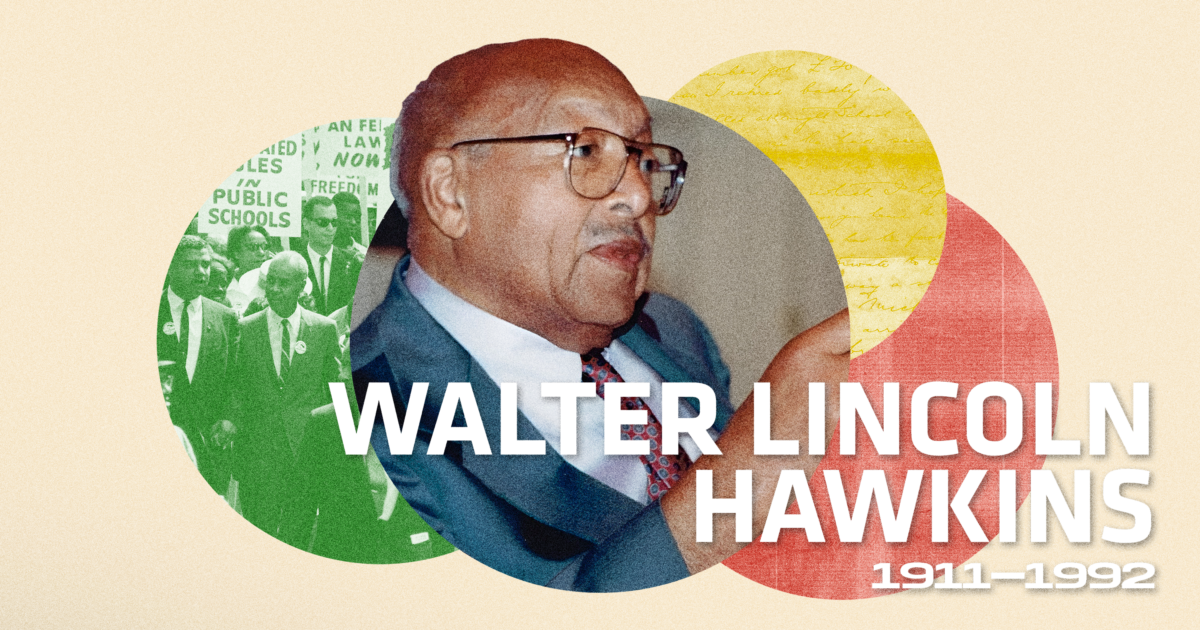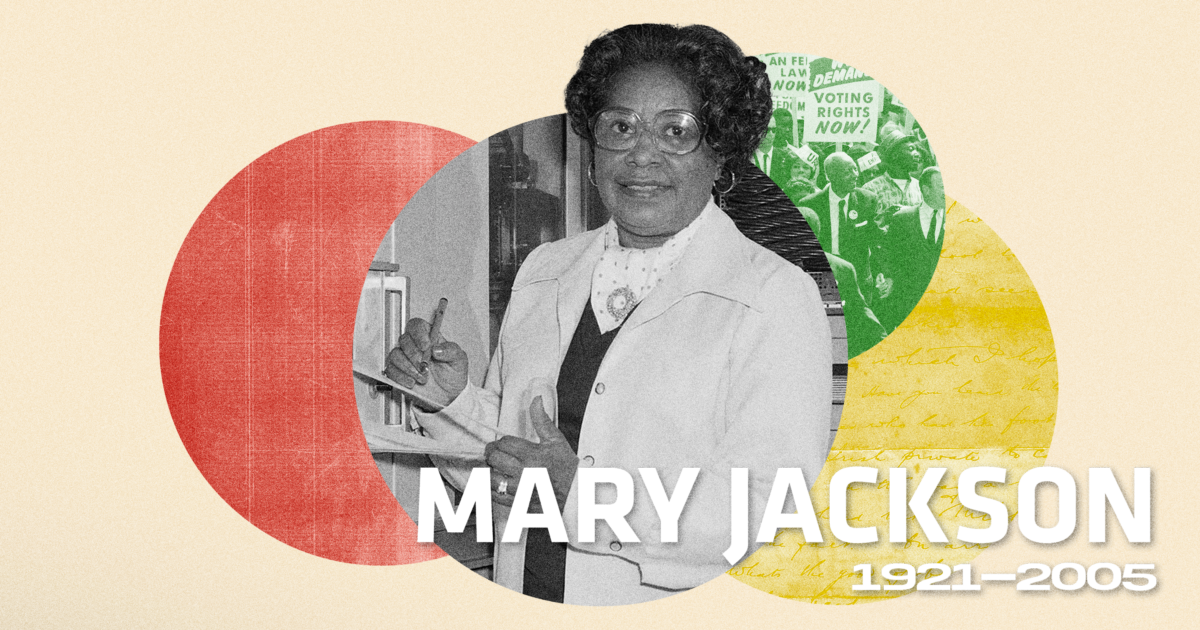
bb7 Celebrates Black History Month
In honor of Black History Month, bb7 is thrilled to spotlight the incredible contributions of black engineers and scientists who have shaped our world with innovation and brilliance! 🌟🌎

Walter Lincoln Hawkins worked as a chemist at AT&T’s Bell Laboratories. In collaboration with Vincent Lanza, Hawkins invented a plastic coating that could withstand extreme fluctuations in temperature. This invention resulted in telephone lines being installed in rural areas, bringing affordable phone service to thousands of people. In addition to developing the new cable sheath, Hawkins devoted substantial effort to devise rigorous testing methods to validate the materials’ durability and eco-friendliness. Hawkins was promoted to assistant director of Bell Labs’ Chemical Research Lab in 1974. As assistant director, he continued to work with the nature of plastics, Hawkins became an expert in not only making plastics last longer, but in recycling them as well. Hawkins contributed to 18 U.S. patents, 55 scientific research articles, and 3 books.

Mary Jackson was NASA’s first female African American engineer. At NASA, she worked on experiments involving the Supersonic Pressure Tunnel, the wind tunnel generated winds at almost twice the speed of sound. After 34 years, Jackson had acquired the senior-most engineering title available. Mary realized she could not advance her career any further without becoming a supervisor. She accepted a demotion to become the manager of the Federal Women’s Program, in the NASA Office of Equal Opportunity Programs as well as the Affirmative Action Program. In her new role, she had major influence in hiring and promoting women in NASA’s engineering, science, and mathematics careers. In 2016, Jackson’s story was depicted in the movie, Hidden Figures, and was also featured in the book, Hidden Figures: The American Dream and the Untold Story of the Black Women Who Helped Win the Space Race.

Otis Boykin invented the first electrical resistor, a part now used in many common devices, including computers and televisions. This invention led to him developing a control unit for the first artificial pacemaker. The device uses electrical impulses to maintain a regular heartbeat. Boykin is also responsible for inventing electronic control devices used in guided missiles, IBM computers, and a burglar-proof cash register. Boykin did much of his work on the pacemaker at Chicago’s CTS Labs, but later had a falling out with the company when they obtained a patent for a device he developed, trying to take credit for it themselves. Boykin patented as many as 26 devices.